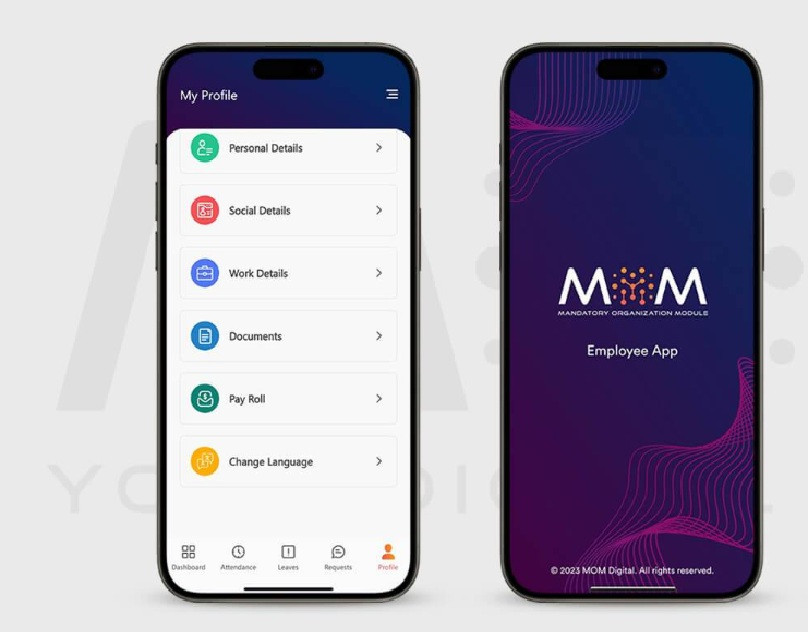Streamline Workforce Efficiency with Advanced Roster and Attendance Management Software
In today’s fast-paced business environment, organizations need smart solutions to manage their workforce effectively. Manual processes often lead to errors, inefficiencies, and unnecessary delays. This is where roster management software, employee attendance management systems, and employee time and attendance software come into play. By integrating these advanced tools into daily operations, businesses can optimize scheduling, monitor attendance accurately, and enhance overall productivity.
Roster Management Software for Smarter Scheduling
Scheduling employees across multiple shifts or departments is one of the most complex tasks for HR teams and managers. Roster management software simplifies this process by automating shift planning, reducing scheduling conflicts, and ensuring fair allocation of working hours. It allows managers to build flexible rosters that take into account employee availability, peak business hours, and compliance requirements. With real-time updates, employees can easily view their schedules, swap shifts, or request changes without lengthy email chains or paperwork.
Accurate Attendance Tracking with Employee Attendance Management Systems
Maintaining precise attendance records is vital for any business, especially when it comes to payroll processing and compliance. An employee attendance management system ensures that organizations can track working hours accurately, whether employees are on-site, working remotely, or in hybrid setups. These systems integrate biometric devices, mobile check-ins, or RFID technology to prevent time theft and buddy punching. Managers gain instant visibility into employee attendance patterns, late arrivals, and absenteeism, enabling proactive workforce planning.
Employee Time and Attendance Software for Transparency
While attendance systems track presence, employee time and attendance software goes a step further by monitoring work hours, overtime, and break times. This level of transparency helps both employees and employers. Employees can view their logged hours and ensure they are paid correctly, while employers benefit from reduced disputes and more accurate payroll calculations. Such software also generates reports that help HR teams analyze productivity trends, identify overworked staff, and ensure compliance with labor laws.
Work Management Software for Enhanced Productivity
Managing attendance and rosters is only one aspect of workforce management. To maximize efficiency, companies need integrated work management software. This tool connects task allocation, project tracking, and employee performance into a single platform. By linking attendance data with task completion, businesses can measure productivity more effectively. Managers can assign work based on employee availability, monitor deadlines, and streamline collaboration across teams. This leads to better resource utilization and smoother project execution.
The Benefits of Integration
When roster management software, attendance systems, and work management software are integrated, businesses achieve end-to-end workforce management. This integration eliminates duplicate entries, reduces administrative burden, and provides real-time insights for decision-making. From reducing payroll errors to improving employee satisfaction through transparent systems, the benefits are significant.
Conclusion
For businesses aiming to stay competitive, adopting modern workforce management tools is no longer optional—it’s essential. By leveraging employee attendance management systems, employee time and attendance software, roster management software, and work management software, organizations can enhance efficiency, reduce costs, and build a more engaged workforce. Investing in these solutions ensures smooth operations, compliance, and long-term business growth.


Comments
Post a Comment